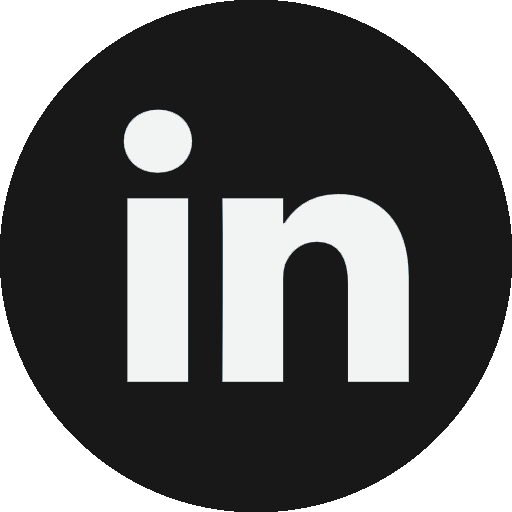soft power
Russia and France may be tussling over the delivery of military supplies – and the small matter of a war in Europe – but the Kremlin is not above a magnanimous yuletide gesture.
The frosty handshake between Chinese President Xi Jinping and Japanese Prime Minister Shinzo Abe on the margins of the Asia-Pacific Economic Cooperation meeting in Beijing is providing an opportunity for the two countries to end the downward spiral of the last two years, but this is by no means assured. Both sides had their respective domestic audiences in mind at the historic meeting.
China is using "soft power" in order to overcome decades of confrontation with Taiwan, encouraging the island to reunite with the mainland.
Operation Atalanta (EU NAVFOR) has unquestionably grabbed the limelight as the EU’s most important contribution to combating piracy. However, that mission’s mandate ends in 2014, and while it may be extended it appears to be scaling down as the piracy epidemic off the coast of Somalia has much reduced.
As General Myers, the former Chairman of the Joint Chiefs of Staff, has observed, “every dollar spent on the soft power of ideas is worth 100 in hard power.”(...) In the years ahead, no matter who controls the White House or Congress, our nation must focus more of our efforts on soft power.
Since the election of Narendra Modi as India’s Prime Minister, New Delhi has appeared determined to create “Brand India” by harnessing its soft power resources. This was very much on display at the meeting Modi had with his Vietnamese counterpart Nguyen Tan Dung, during the latter’s visit to New Delhi late last month.
Koala diplomacy involved world leaders getting photographed and cuddling with Koala named Jimbelung- the furry grey animals, shy native marsupials of Australia. Jimbelung, which means friend in a local Aboriginal dialect, was later gifted to Japan.
A musical homage to President Xi Jinping of China and his wife, Peng Liyuan, has circulated widely online in recent days, a sign of how the public face of Chinese leadership has changed since Mr. Xi took office two years ago.







